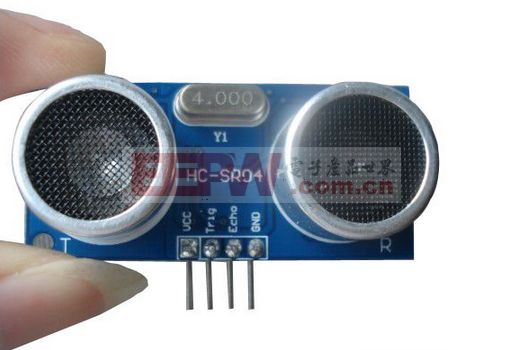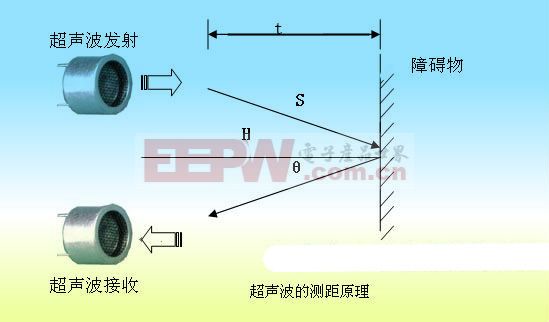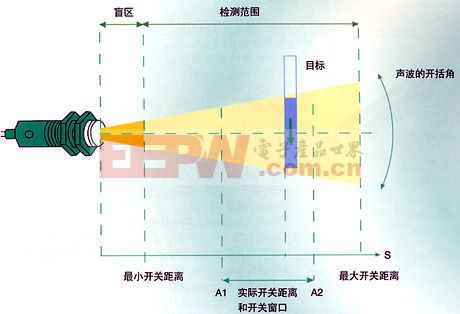Ultrasonic sensor principle
Guide: Ultrasonic sensor is a kind of sensor that can perform the function of sensing. Then how does it detect the ultrasonic wave? Let's take a look at the principle that the ultrasonic sensor is swollen~~
First, the principle of ultrasonic sensors - - Introduction
Ultrasonic sensor for transmitting and receiving ultrasonic waves. Because the ultrasonic vibration frequency is higher than the mechanical wave, it has the characteristics of short wavelength, high frequency, small diffraction phenomenon, good directivity, strong penetrating power, Doppler effect, etc. Therefore, ultrasonic sensors are developed based on the characteristics of ultrasonic waves, and in the industry. It has been widely used in various fields such as biomedicine and national defense.

Second, the principle of ultrasonic sensors - - structure
The ultrasonic sensor is mainly composed of a transmitter portion, a receiver portion, a control portion, and a power supply portion. Wherein, the transmitter part is composed of a transmitter and a transducer, and the transducer is used to convert the energy generated by the vibration of the vibrator into an ultrasonic form and radiate into the air; the receiver part is composed of a transducer and an amplifying circuit, and the transducer is used for Receiving ultrasonic waves to generate mechanical vibration to convert it into electrical energy; the control part mainly performs control of the overall system operation, such as controlling the transmitter to transmit ultrasonic waves, judging whether the receiver accepts ultrasonic waves, identifying the size of the received ultrasonic waves, etc.; The work of the system provides energy.

Third, the principle of ultrasonic sensors
Ultrasonic sensors primarily detect certain parameters or events by sending ultrasonic waves and receiving ultrasonic waves. The transmitting ultrasonic wave is partially completed by the transmitter, mainly generating vibration by the vibrator and radiating ultrasonic waves into the air; the receiving ultrasonic wave is partially completed by the receiver, and mainly receives the ultrasonic wave radiated by the transmitter and converts it into an electric energy output; Both the transmitter and the receiver are controlled by the control part, such as controlling the pulse frequency, duty cycle, detection distance, etc. of the ultrasonic wave emitted by the transmitter; the operation of the overall system also requires the supply of energy, which is completed by the power supply. In this way, under the action of the power supply and under the control of the control part, the ultrasonic wave can be sent by the transmitter and the ultrasonic wave received by the receiver can complete the functions required by the ultrasonic sensor.

Fourth, the principle of ultrasonic sensors - - application
Because the ultrasonic detector has a strong penetrating power, it will reflect and have a Doppler effect, so it has a wide range of applications in defense, medicine, and industry. In medicine, ultrasonic sensors are mainly used for painless, harmless and simple diagnosis of diseases; in industry, ultrasonic sensors are mainly used for non-destructive testing of metals and ultrasonic thickness measurement; in automotive applications, ultrasonic sensors are mainly used to prevent treading. When the brake is accidentally stepped on as the throttle phenomenon, it is realized by installing 8 ultrasonic sensors in front and rear of the car; in addition, by using this characteristic of the ultrasonic wave, it can also be used for detecting the state of the container and for the liquid level. Monitoring, realizing closed-loop control of plastic packaging inspection, etc.

Ultrasonic sensor principle related articles
Dual Protocol SSD Enclsoure
Dual Protocol SSD Enclsoure
Shenzhen GuanChen Electronics Co., Ltd. , https://www.gcneotech.com